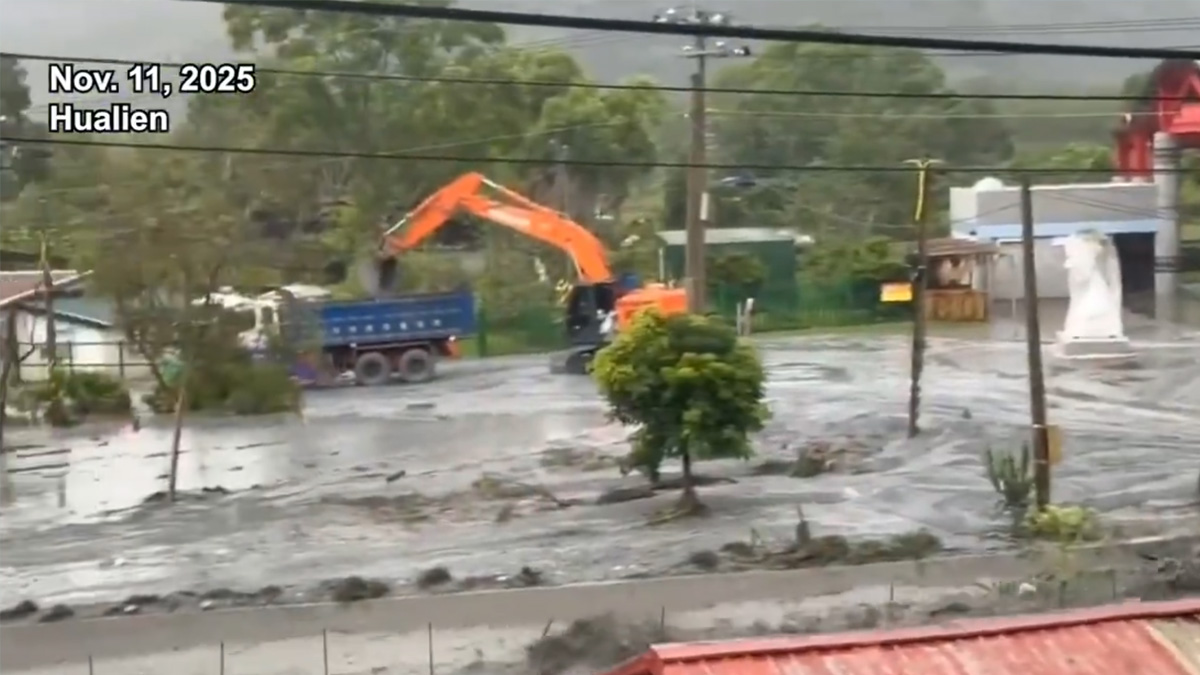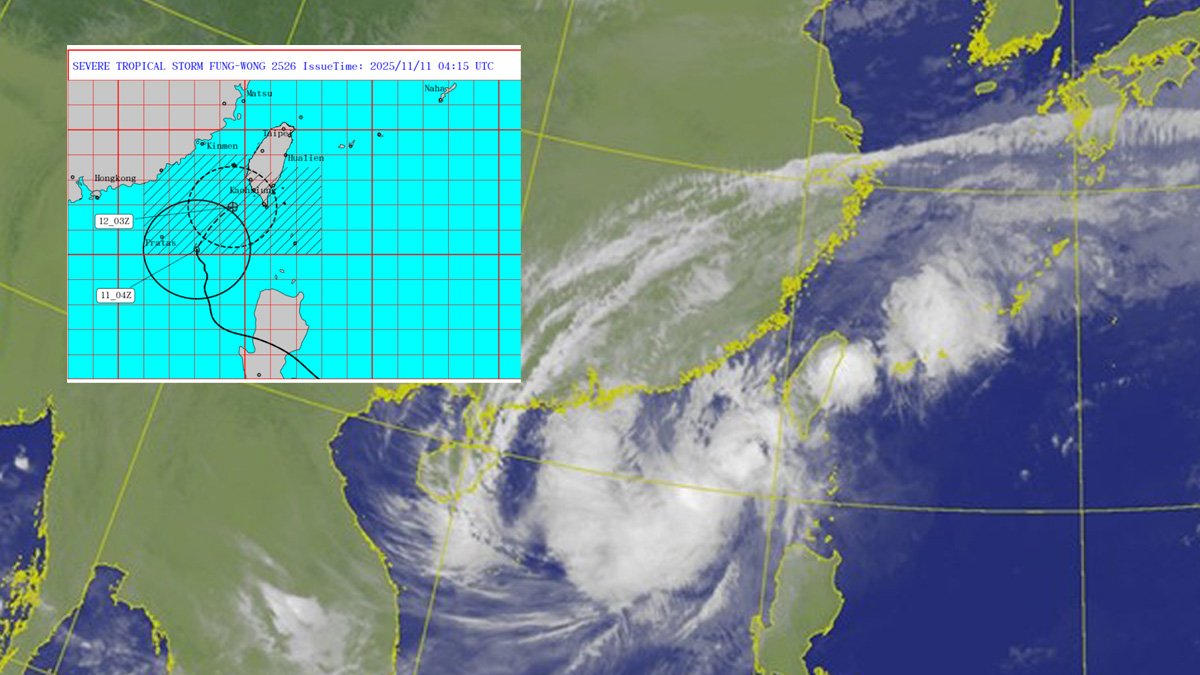Taiwan to distribute civil defence handbooks as tensions with China and regional security concerns rise
Taiwan will distribute civil defence handbooks to all households, outlining responses to emergencies including possible conflict with China, amid rising regional tensions and increased Chinese military activity.

- Taiwan will distribute millions of civil defence handbooks outlining responses to potential emergencies, including a Chinese attack.
- The initiative coincides with heightened regional tensions involving China, Japan and increased Chinese military activity near Taiwan.
- Officials describe the handbook as part of broader efforts to prepare citizens amid ongoing hybrid warfare pressures.
TAIPEI, TAIWAN: Taiwan will begin distributing millions of civil defence handbooks to households this week, marking an unprecedented effort to prepare residents for various emergencies, including the possibility of a Chinese attack.
Officials said the move reflects expanding efforts to reinforce public readiness as Taiwan faces increasing military, political and cyber pressure.
According to officials, the handbook was first unveiled in September and includes, for the first time, instructions on what to do if civilians encounter enemy soldiers.
It also underscores that any claims of Taiwan’s surrender in a conflict scenario should be treated as false.
The guide provides practical steps for locating bomb shelters and preparing emergency kits to ensure greater household preparedness.
Lin Fei-fan, deputy secretary-general of the National Security Council, told reporters that the booklet “shows our determination to defend ourselves”, noting that its publication aims to demonstrate the population’s resolve.
He said the material signals that Taiwanese society understands the potential cost of conflict and is committed to safeguarding each other’s security.
Distribution to more than 9.8 million mailboxes across the island will begin this week, with English and other foreign-language versions to follow, according to Lin.
He added that the government will subsequently launch campaigns to help residents prepare personal emergency kits, though further details were not provided.
China maintains territorial claims over the island and has not ruled out using force.
Taiwan’s government rejects the claim, emphasising that only its people can determine the island’s future.
The handbook outlines a range of potential scenarios, from sabotage of undersea cables and cyber attacks to inspections of Taiwanese vessels by an “enemy nation” and a full-scale invasion.
Lin said Taiwan is already experiencing hybrid warfare, citing cyber intrusions, infiltration, misinformation campaigns and persistent military pressure.
He described the situation as “D-day versus every day”, explaining that although there is no imminent invasion, coercive pressures occur continually.
The distribution initiative comes amid heightened regional tension, including a maritime incident on 16 November involving China Coast Guard vessels near the disputed Senkaku/Diaoyutai Islands.
According to Japanese media reports, four armed vessels entered the area shortly after Prime Minister Sanae Takaichi stated that a conflict involving Taiwan could constitute a “survival-threatening situation” for Japan.
Beijing condemned the remarks and summoned Japan’s ambassador, issuing travel cautions to Chinese citizens.
Japan Coast Guard data indicated that Chinese vessels had been present in waters around the islands for at least 27 days this year by the end of October.
The Chinese Ministry of National Defense said that any Japanese intervention would “be doomed to fail”, while the Ministry of Foreign Affairs issued diplomatic protests.
China’s consul general in Osaka drew additional criticism after stating that “the dirty head that sticks itself out must be cut off”, prompting a formal complaint from Tokyo.
Chinese authorities also advised citizens to avoid travelling to Japan in the short term, and the Ministry of Education urged students planning to study in Japan to exercise caution.
As maritime tensions increased, Taiwan’s Ministry of National Defense reported heightened military activity near the island’s airspace and territorial waters.
It said that in the 24 hours ending on 16 November, it detected 30 Chinese military aircraft, seven navy vessels and one “official” ship operating near Taiwan.
This followed a Chinese “joint combat patrol” on 15 November, which Taiwan described as continued harassment.
Taiwan said it deployed aircraft and naval assets in response.
Officials noted that the combination of military manoeuvres, diplomatic disputes and public warnings illustrates sustained regional instability.
They said the civil defence handbook is intended to provide the public with clear guidance and reassurance as the security environment evolves.







0 Comments